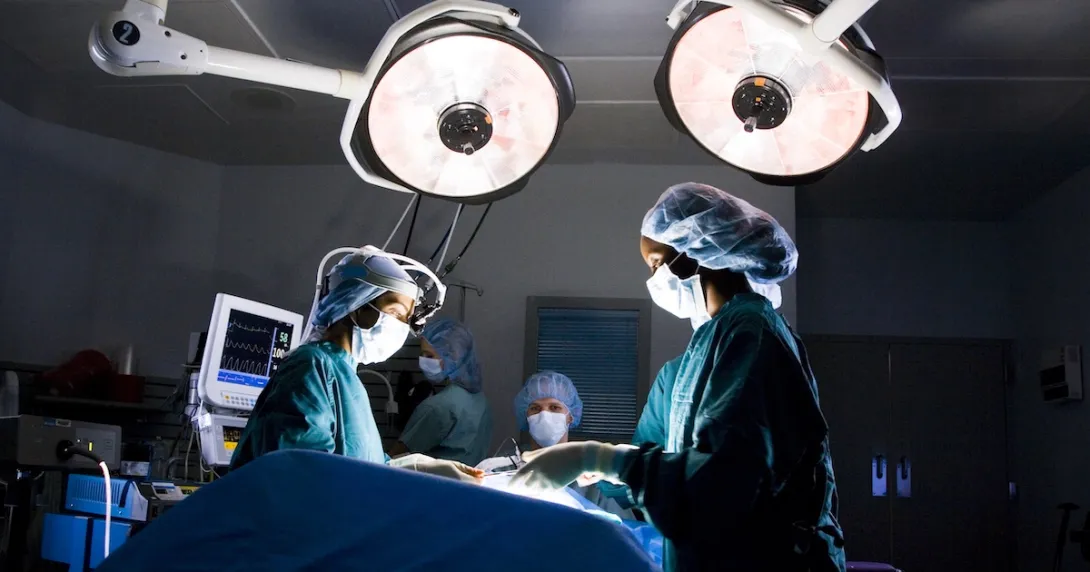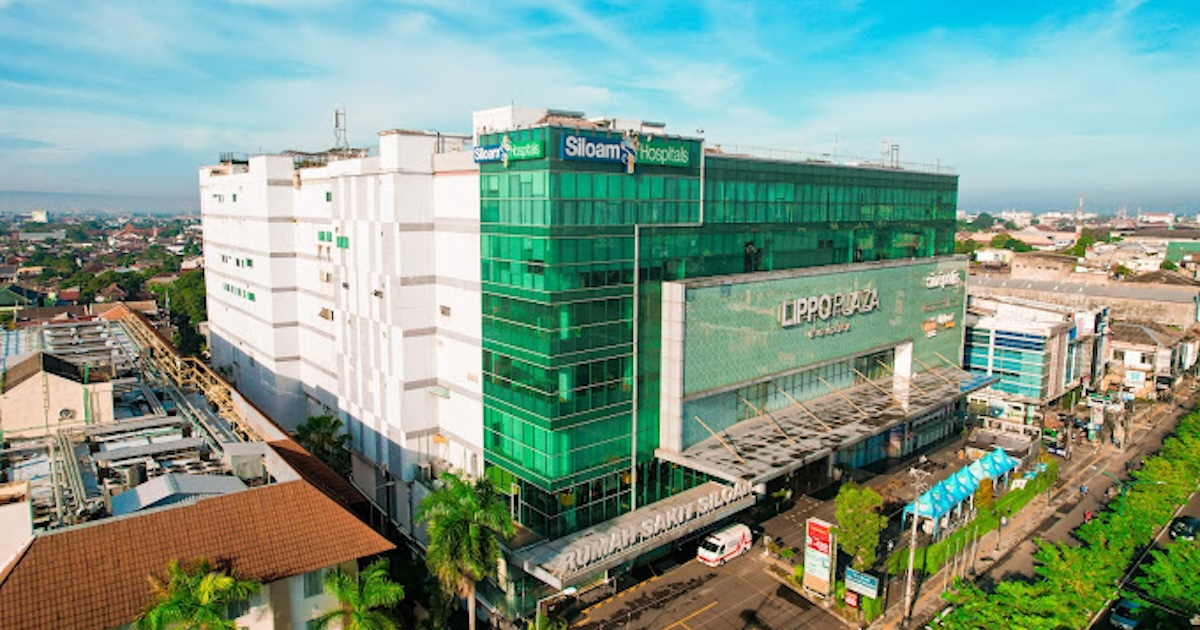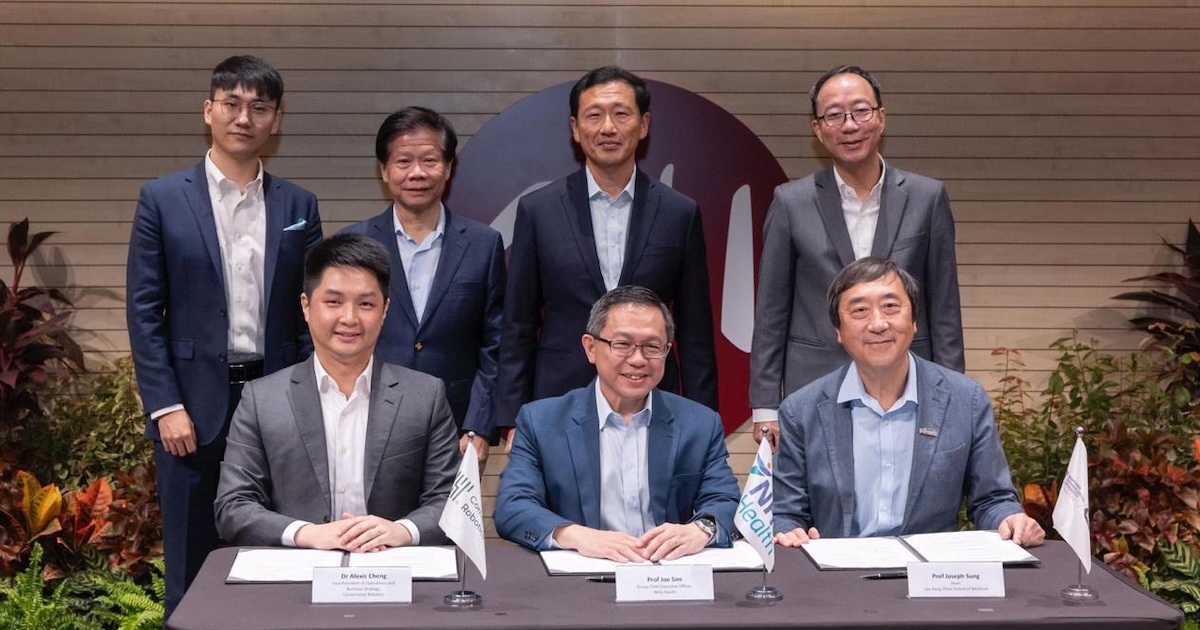
A team of Chinese surgeons in Tibet has remotely performed robotic surgeries on patients more than 2,000 miles away via satellite connection.
The team developed a remote surgical operation control system that remains steady and precise despite long connection delays. They set out to prove that robotic telesurgery could be safely done over wide distances using satellite connection.
HOW IT WORKS
A geostationary orbit satellite connected a surgical team console in Lhasa, Tibet, to the patient-side robotic system in Beijing, China. Major liver resections were performed utilising a robotic system provided by MicroPort Medbot on two patients: a 68-year-old liver cancer patient and a 56-year-old with benign hepatic hemangioma.
The setup featured a real-time system that compensates for transmission delays by combining delayed-error synchronisation with predictive algorithms that anticipate the surgeon’s movements, allowing the robotic arms to respond with precision.
It was also designed with dual-link redundancy, so in the event of connection disruptions, the robotic arms automatically freeze in place, and it switches from satellite to backup 5G in less than a third of a second.
Moreover, the setup delivered high-definition video at 7.2 megabits per second, which is reportedly 60% less bandwidth than in existing systems, keeping the video feed stable even with fluctuating satellite link.
FINDINGS
The study has proven that remote telesurgery is possible via satellite connection, with distance potentially covering up to 150,000 kilometres (over 93,000 mi).
The study also demonstrated through a simulation test that the safety mechanisms in place worked during a satellite signal drop. The operation could even proceed when network delays exceeded three times the safety threshold of 200 milliseconds for remote, precise surgical procedures like liver resections.
It also showed that the video system preserved video quality while using significantly less bandwidth than existing telesurgery systems. This, according to the researchers, indicates potential for conducting telesurgery in remote or high-latency settings.
Meanwhile, the study has also shown that both patients recovered quickly and without major complications. They only experienced minimal blood loss during surgery, which lasted between 1.75-2 hours. The patients were also discharged on the day of their procedures, and postoperative issues were minor and short-lived. According to the surgeons, clinical outcomes were on par with the standard robotic liver procedure.
Findings have been published in Intelligent Surgery, a journal published by a joint venture between the Chinese government-owned KeAi Publishing and Elsevier.
WHY IT MATTERS
The study is reportedly the first in the world to confirm the feasibility and safety of remote telesurgeries via satellite connection. It improves on 5G-connected telesurgery systems, which so far only cover up to 5,000 km (over 3,000 mi) distance and are enabled by Earth-based network coverage.
Though satellite communication causes long transmission delays, the research team introduced a system that combines smart latency compensation, redundant safety measures, and optimised data transmission to enable a safe, precise robot-assisted procedure to be done remotely over vast distances.
This system, the surgeons said, can provide remote island communities, disaster areas, and regions without reliable networks with access to expert surgical care without transporting patients or specialists. Surgeons can also virtually operate anywhere in the world.
"[This is] more than speed," Dr Rong Liu, who led the study, was quoted as saying in a press statement. "It’s a new infrastructure that transcends geography, terrain, and even natural disasters. Anywhere with sky access, ships at sea, mountain villages, or desert outposts can potentially connect to life-saving surgery," he said. Dr Liu is a professor and head of the Faculty of Hepatopancreatobiliary Surgery at the People's Liberation Army General Hospital in China.
THE LARGER TREND
The Chinese University of Hong Kong is also actively studying the real-world applicability and safety of remote telesurgery. Recently, it collaborated with Renji Hospital of Shanghai Jiao Tong University and Imperial College London to perform a robotic tele-gastrectomy and lymphadenectomy on a porcine model in Hong Kong. The procedures were conducted by surgeons from Shanghai and London over 20,000 km (over 12,000 mi) away.
CUHK, in collaboration with the Swiss Federal Institute of Technology in Switzerland, performed remote tele-endoscopy in September last year. Surgeons in Zurich remotely operated on a porcine model in Hong Kong, controlling the procedure from more than 9,300 km (5,700 mi) away.
Besides China and Hong Kong, Indonesia is also exploring robotic telesurgery. It is currently collaborating with Iran to perform remote robotic procedures connecting the western and eastern islands of Indonesia.
In 2023, the National University Hospital in Singapore and Fujita Health University in Japan also conducted remote telesurgery on a simulated stomach via a fibre optic network to test the procedure's safety and feasibility.


